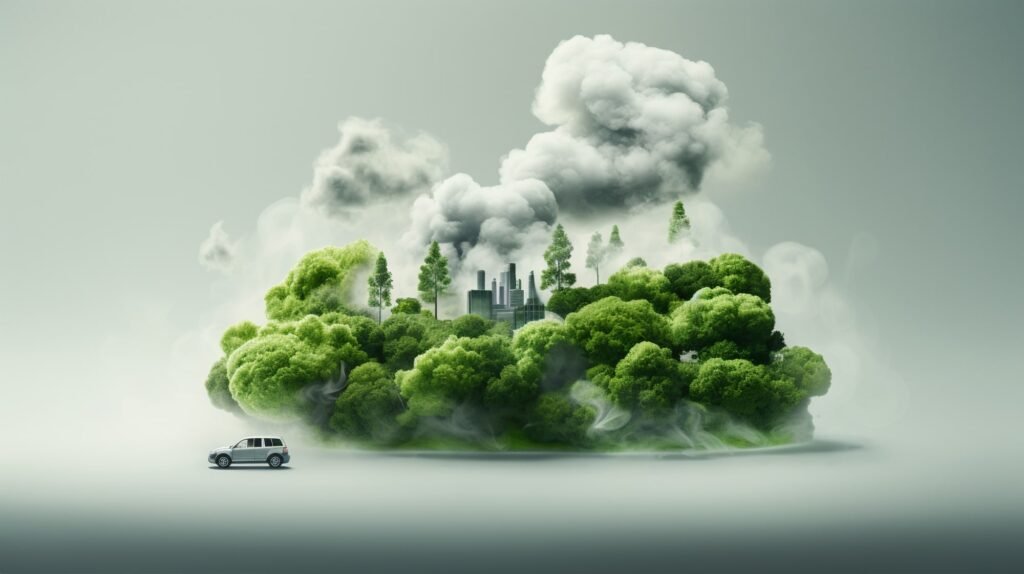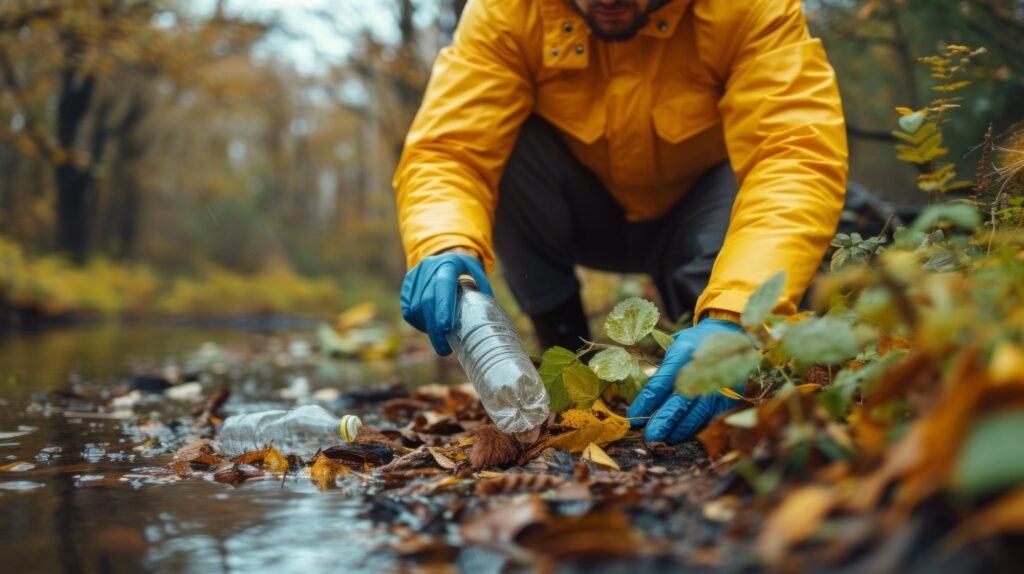Table of Contents
TogglePlant trees and save life
First of all,
Often called the “lungs of the earth,” trees play a vital role in the continued existence and health of all living things, including humans. They are not the only mute observers in the natural world. Beyond just being aesthetically pleasing, they are essential parts of ecosystems that regulate climate, preserve biodiversity, sustain livelihoods, and improve people’s quality of life in general. In this in-depth investigation, we explore the many benefits that trees provide as well as their diverse significance in our lives.
 Plant trees and save life
Plant trees and save life
Oxygen Generation and Enhancement of Air Quality:
The function of trees in the creation of oxygen is fundamental to their significance. Trees replenish the air we breathe by releasing oxygen into the environment and absorbing carbon dioxide from the atmosphere through the process of photosynthesis. Because of this vital function, trees are necessary for both human life and the survival of many other species that coexist with us on Earth.
As part of natural air filtration, trees remove hazardous chemicals and particle matter from the air. Pollutants that are known to be harmful to human health, including sulphur dioxide, oxides of nitrogen, ozone, and particulates in the air, are absorbed by them. Trees contribute to better air quality, which lowers the risk of respiratory conditions, heart conditions, and other air pollution-related health issues.
 Plant trees and save life
Plant trees and save life
Carbon Sequestration and Climate Regulation:
Trees become front-line combatants against global warming in an era of growing concerns about climate change. Because they are carbon sinks, trees are essential for reducing the effects of climate change because they absorb carbon dioxide from our atmosphere. By storing carbon in their biomass through photosynthesis, trees lower the atmospheric concentration of greenhouse gases.
In addition to helping to control humidity, temperature, and precipitation patterns, forests serve as climate buffers against extremes. They lessen the likelihood of extreme weather occurrences, stabilise regional climates, and lessen the effects of warming temperatures on communities that are already at risk. Trees are essential for preserving lives and means of subsistence in the midst of climate change because they preserve ecosystems and increase resilience.
 Plant trees and save life
Plant trees and save life
Preserving habitats and conserving biodiversity:
With an astounding range of species of animals and plants, forests are havens for biodiversity. Numerous species, from tiny bacteria to enormous mammals, depend on trees for their homes, food, and shelter. Their complex ecosystems allow for the spread of seeds, pollination, and the cycling of nutrients through a web of interconnected interactions.
Trees help maintain ecosystems’ resilience and stability by retaining biodiversity, which makes them less susceptible to shocks and changes in the surrounding environment. The existence of human societies depends on ecological services provided by healthy forests, such as pest control, water purification, and soil fertility.
 Plant trees and save life
Plant trees and save life
Preventing soil erosion and conservation:
Tree roots are essential for stabilising the soil and preventing erosion. Trees aid in the prevention of soil loss, landslides, and desertification by stabilising soil particles and lowering surface runoff. By incorporating nutrients and organic matter through fallen leaves and root exudates, they enhance soil fertility and structure.
Through their ability to absorb excess water and lower the likelihood of runoff, trees help to lessen the effects of flooding. Along rivers and streams, riparian woods serve as natural barriers that lessen the intensity of floods and shield nearby communities from flooding. Trees protect human settlements, water quality, and agricultural productivity by limiting soil erosion and maintaining soil integrity.
 Plant trees and save life
Plant trees and save life
Benefits to the Economy and Society:
In addition to their ecological significance, trees offer a plethora of social and economic advantages that improve human welfare. For millions of people worldwide, forest resources—such as timber, firewood, and non-timber forest products—support their livelihoods and provide a source of income. These resources are significant economic assets.
In addition to enhancing the aesthetic appeal and cultural legacy of landscapes, trees also create opportunities for leisure, tourism, and recreation. Street trees and urban green areas make cities more livable, lower stress levels, and support social cohesiveness and mental wellness.
 Plant trees and save life
Plant trees and save life
Summary:
As the “pulmonary system of the Earth,” trees are essential to our daily existence because they provide oxygen, control the temperature, protect biodiversity, and support human livelihoods. Because they use photosynthesis to absorb carbon dioxide in the atmosphere, they are crucial in mitigating the consequences of global warming by lowering the risk of heart and pulmonary ailments. As sources of carbon and climate guards against weather extremes, trees are also essential for the sequestration of carbon dioxide and the regulation of climate.
Additionally, trees protect biodiversity and habitats for a variety of species, facilitating pollination, seed distribution, and nutrient cycling. By preserving the stability and resilience of ecosystems, they lessen the susceptibility of civilizations to shocks from the environment. Tree roots reduce surface runoff and stabilise the soil, preventing soil erosion. They also lessen the impact of flooding and aid in the prevention of landslides, desertification, and soil erosion.
 Plant trees and save life
Plant trees and save life
Additionally, trees provide social and economic advantages, sustaining the means of subsistence and revenue for millions of human beings globally. They also improve a landscape’s aesthetic value and cultural heritage, which opens up new possibilities for leisure, travel, and recreation. As gardeners, we have an obligation to acknowledge and cherish the vital role that trees play in supporting life on Earth, guaranteeing a future that is more ecologically friendly for future generations.

Doing well
Good
Pingback: An Extensive Overview: Techniques to Increase Crop Yield 000